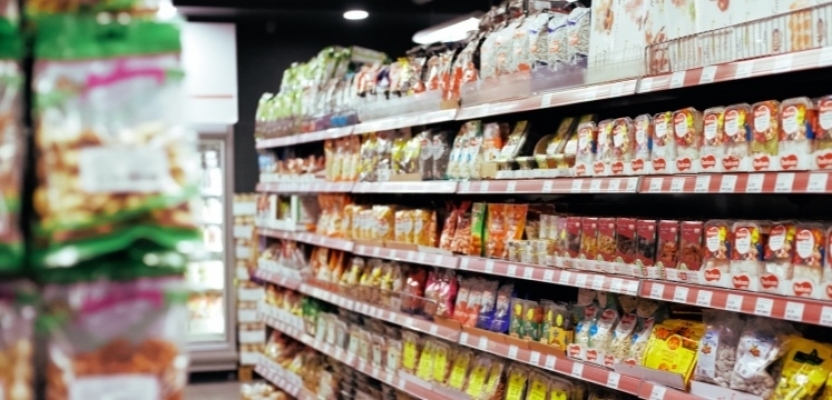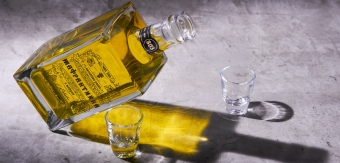The pandemic has driven a long-term shift in consumer behaviour, says STB’s Lois Blackhurst – and brands must respond accordingly.
Food shopping during the pandemic has been an ongoing source of stress and anxiety for many. While demand for online shopping has sky-rocketed, the limited availability of delivery slots – particularly during national lockdowns – has meant in-store shopping maintains its crucial role.
Every minute counts in a busy supermarket, and to minimise time spent browsing in-store, consumers have become used to making decisions as quickly and purposefully as possible.
During 2021, we expect to see a sustained shift towards simple, bold confidence in packaging design – particularly for weekly staples, both branded and own-brand. The challenge for designers will be in finding the perfect balance between brash and beautiful, focusing on a few key elements to create something pure and iconic.
Put more emphasis on value
As the economy shrinks and pressure on our wallets grows, brands will also need to demonstrate value at all points. Price will become the most important factor for many over the next couple of years as unemployment surges and the inevitable tax rises start to bite into personal finances. This will have a significant impact on the amount that shoppers can spend each week, which in turn will force many people to reassess the staple brands they choose to put in their baskets.
With these trends in mind, supermarkets are likely to be brutal in their range reviews – and we may see a reduction in the number of alternative products on the shelves. Fewer options will increase the speed of the shop as every decision is easier to make – but the onus is on brands to ensure they survive the cull. They must convince both retailers and consumers that they deserve their place.
Emphasise sustainability credentials
Alongside price, sustainability concerns will have an increasing role in buying decisions – and the challenge for brands of all sizes will be to find the perfect sweet spot between the two. Consumers are more aware than ever of the environmental and social impact of their choices, and the pandemic has boosted community values and support for local independent producers and retailers.
The habits and behaviours that we've all established during the pandemic will die hard. Even after daily life returns to something closer to normal, our mindsets will have shifted in the longer-term and brands need to respond accordingly. People are increasingly conscious of their choices, buying products from companies with similar values as themselves, and the challenge is to communicate these values in a straightforward, authentic way.
Strengthen those colour cues
Colour cues in design will become more critical, both from a brand and a product perspective. For example, Coca-Cola’s recent Coke Zero packaging redesign doubles down on red, downgrading the black to accent colour status. Red has powerful, long-established global brand associations for the Coca-Cola masterbrand, and they can’t afford to squander that visual shorthand on shelf.
Whether to enable consumers to make faster, more efficient product selections in store, or to achieve at-a-glance standout online, brands must ensure they ‘own’ their colour in their category. Coca-Cola is likely to be the tip of the iceberg when it comes to brands working hard to reinforce those hard-won associations for weary people who don’t have the time or energy to scan the shelves for their favourite brands.
Design for online first
Although the unprecedented demand for home grocery delivery slots will calm once lockdown restrictions are finally lifted, for many households the habit will die hard – and the comfort and convenience of online shopping for products of all kinds will remain appealing.
As well as communicating value on supermarket shelves, a more pared-back, bold and confident approach to packaging design will also bridge the gap more effectively between on-shelf and online, grabbing attention even at thumbnail sizes.
We’ve seen a shift towards digital-first across the board, and brands will also need to embrace the opportunities to expand packaging experiences online through supporting videos, recipes and social content to meet that demand and stay relevant in the post-COVID landscape.




